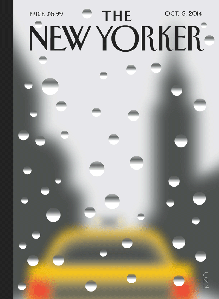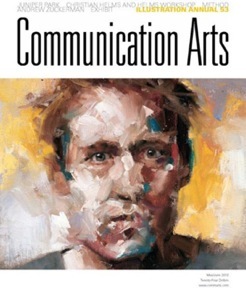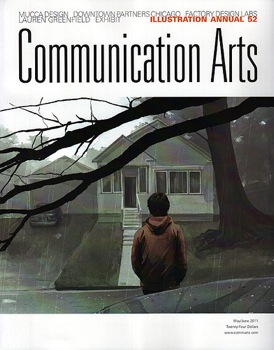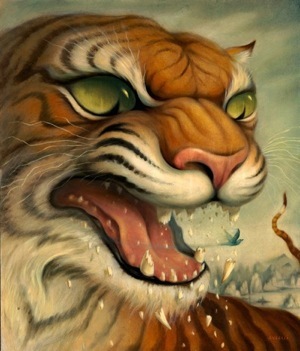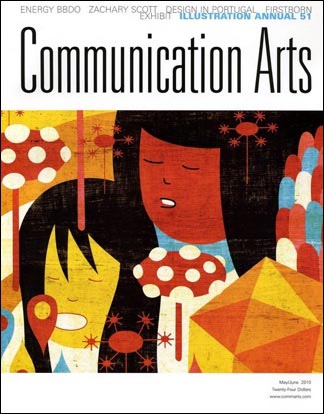A couple of years ago on this blog, I featured work from couple of my students who created short animations for illustration assignments. Those artists, I pointed out, were on the forefront of what’s to come.
Well, it’s here.
A milestone has been passed this week by the New Yorker magazine. Its cover, as seen on digital editions, moves. For me, that’s the first mainstream, print-based magazine to use movement on a cover. The New Yorker is one of the last of the pure illustration venues. The images on the covers are self-contained statements of their illustrator-creators. Like Norman Rockwell’s Saturday Evening Post covers, the images speak for themselves; no headline or article within explains it’s existence. For this traditional venue to embrace this change is a milestone of the media.
In fairness, The New York Times has been tipping their toes in the water of moving images for a couple of years now, with both illustration/animation and photography/video. We’ve also seen illustrated Google home-pages develop from still images to moving and interactive pictures (many created by my ex-students, Jennifer Hom and Kevin McLaughlin). Advertising has lead the way with on-line ads which explore different eye-catching moving visuals. Finding the balance between the quiet meditative still image and the potentially annoying and distracting moving picture, especially in a reading environment like a magazine or a newspaper, will be tricky.
As we see on the New Yorker cover, Christopher Neimann, has created a rainy day view through a windshield in Manhattan. Shortly after you engage with the picture, a raindrop rolls down the surface, followed by another and then another. The still image, combined with the minimal motion creates a quiet and meditative moment. We wait in traffic and wait for another drop.
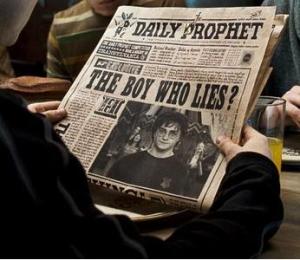
And so too, we wait for more motion to hit the digital newsstands. Animation grew out of illustration and now we see it growing back together again. As digital devices replace printed matter, more opportunities arise for visual communication options. Are Will Harry Potter newspapers (with video pictures) in our future? Hogwarts or Hogwash? We watch together.

